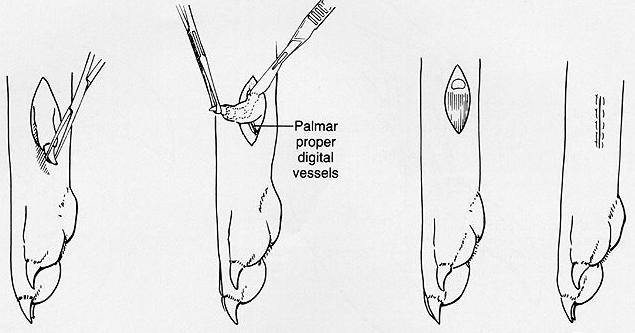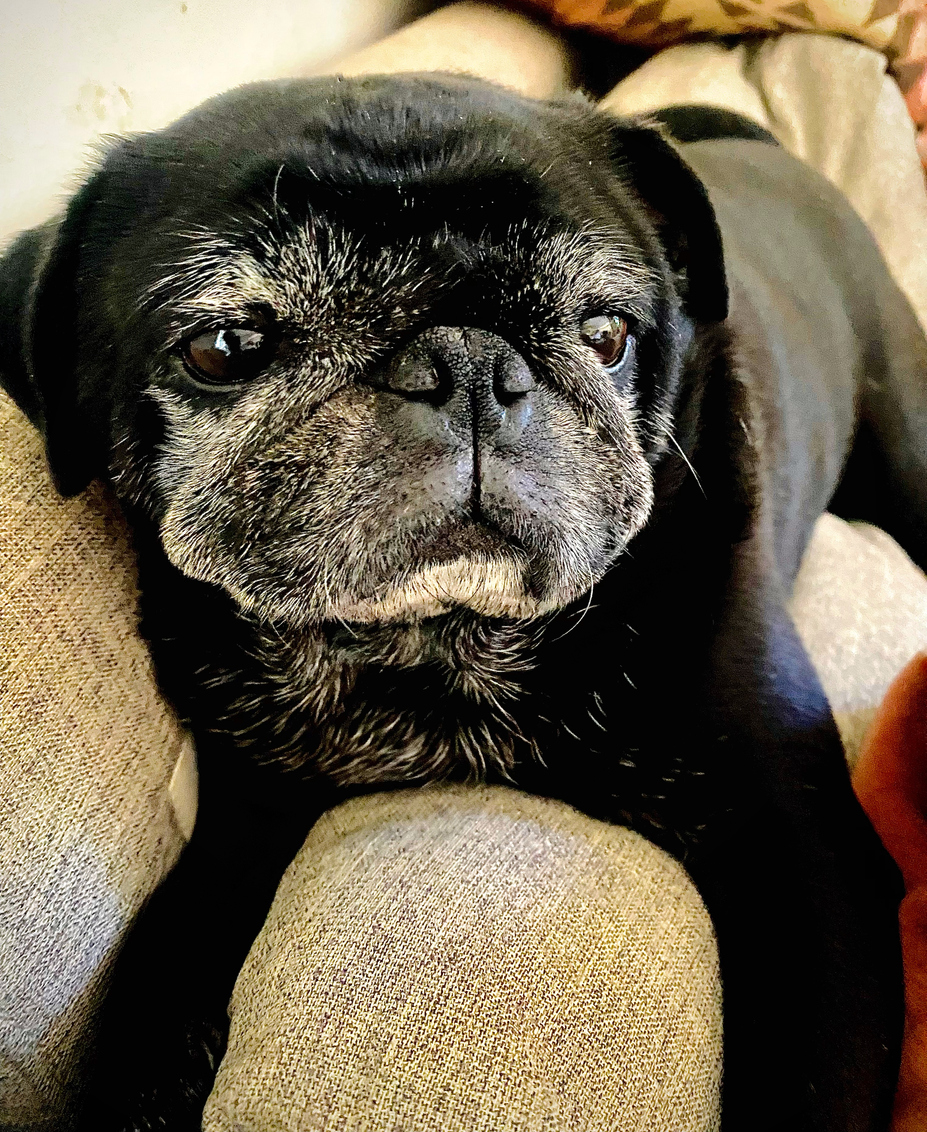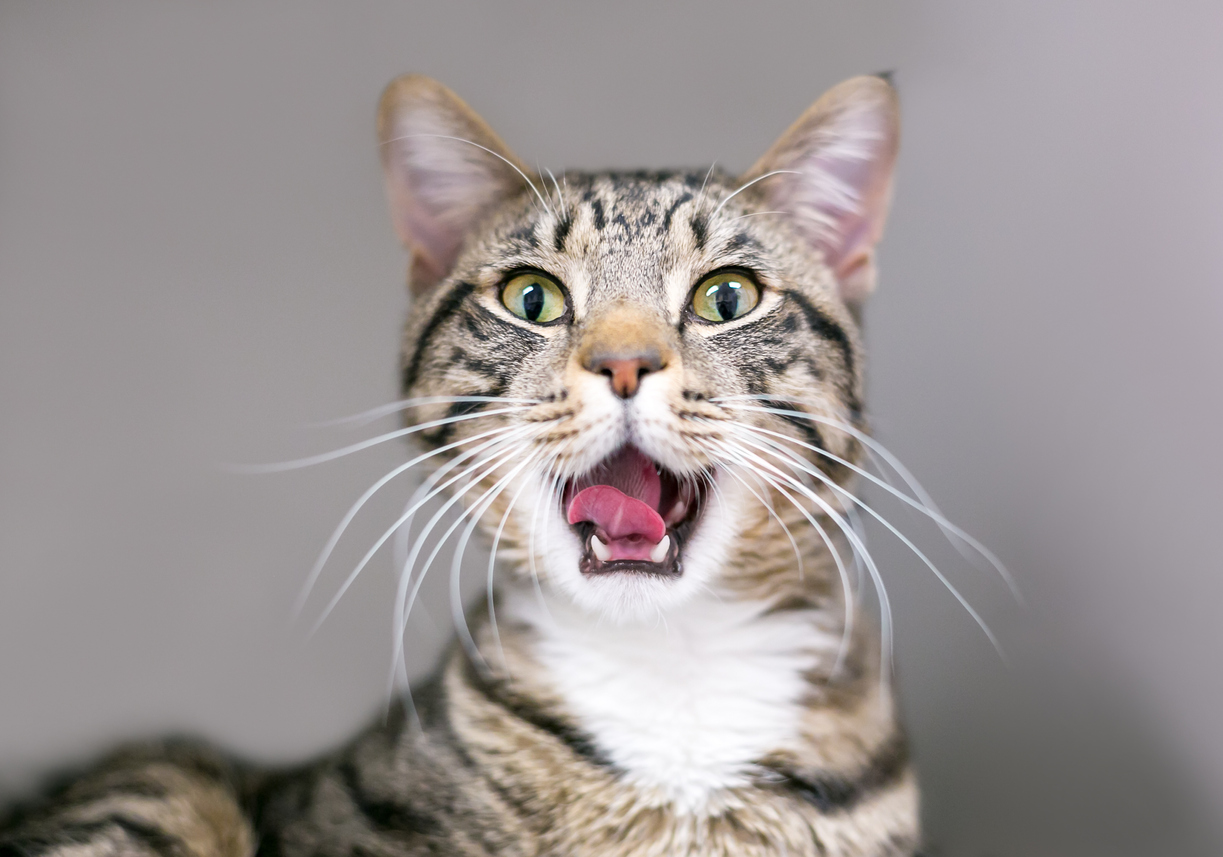Dew Claw Removal
What Are Dewclaws?
Dewclaws are the toes on the inner edge of your pet’s paws. They look like thumbs because they are up higher than the other four toes and they don’t touch the ground when your pet is walking. Some pets only have dewclaws on their front paws, whereas others have dewclaws on their front and rear paws. Some pets are born without any dewclaws, and others are born with extra ones.

Why Are Dewclaws Removed?
Sometimes, as for hunting dogs or other working dogs, the dewclaws are removed to prevent trauma to them. For pets born with deformed or extra dewclaws, removal is often recommended to prevent trauma to the dewclaws during normal play and activity.
When Are Dewclaws Removed?
In many cases, dewclaws are removed when a newborn is between 3 and 5 days old. If the procedure is not done during that time, it is recommended to wait until the pet is at least 12 weeks old. Often, dewclaws are removed while the pet is undergoing spaying or neutering.

How Are Dewclaws Removed?
Removing the dewclaws is a surgical procedure. If the pet is very young (3 to 5 days old), the area can be with local anesthesia to complete the surgery. For older pets, general anesthesia is recommended; this means that the pet is completely unconscious for the surgery.
Because the toe is removed through an opening (incision) made in the skin, the area is thoroughly cleaned and shaved before surgery to reduce the risk of infection. Once the toe is removed, stitches or surgical glue is used to close the opening. Sometimes, the paw is bandaged for a few days to help keep the area clean and dry.

What At-Home Care Is Needed Following Dewclaw Removal?
Most pets recover very well following dewclaw removal surgery. Medications are sometimes prescribed and may include antibiotics or pain medications. In some cases, the paw is bandaged for a few days to keep the area clean and dry. You should check the bandage several times daily for moisture, slippage, bad odor, or soiling. If there is no bandage, check the paw frequently for swelling, bleeding, or oozing.
Although your pet doesn’t walk on the dewclaws, it is often recommended to minimize jumping and running for a few days after surgery.
Most pets eat, drink, and behave normally after surgery. Notify your veterinarian if your pet seems tired or doesn’t want to eat or drink. Also notify your veterinarian if your pet seems uncomfortable or if any other problems are observed.



